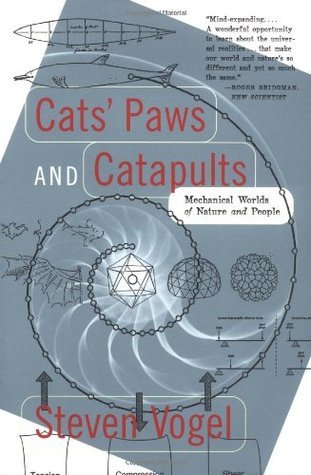What do you think?
Rate this book


384 pages, Paperback
First published January 1, 1998
To begin with, proteins are not the stablest of compounds, and their stability decreases (they rot faster) as the temperature goes up….That makes maintenance mandatory. The schedule for replacement tells us a lot about an organism’s problems. The most stable structural proteins are the most persistent; the less stable soluble proteins the least...The average half-life for the proteins in an adult human is about eighty days. So perfect is the replacement process that you can recall the events of many years ago. (p. 238-239)
Natural and human technologies differ extensively and pervasively. We build dry and stiff structures; nature mostly makes hers wet and flexible. We build of metals; nature never does. Our hinges mainly slide; hers mostly bend. We do wonders with wheels and rotary motion; nature makes fully competent boats, aircraft, and terrestrial vehicles that lack them entirely. Our engines expand or spin; hers contract or slide. We fabricate large devices directly; nature's large things are cunning proliferations of tiny components.